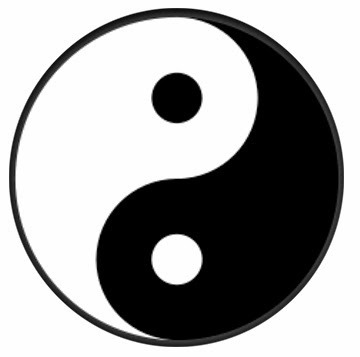Symbols & Knowledge
Each letter used is a symbol for a sound and sounds are also sound symbols, each number is a symbol for an amount as well as later applied symbolism, so we learn, communicate, and record ideas through symbols. We use symbols in our celebrations and memorials, and we dream in symbols. We buy and sell products using symbols. Our expressions are symbols that tell others of our emotions. What we wear symbolizes how we view ourselves and what we believe in. We simultaneously intuit, misconstrue symbols, and we are constantly developing more symbols.
People love symbols. We are influenced by symbols, and perhaps our intelligence is based on our lexicon of symbols.
So if you wonder about why I'm interested in symbols and symbolism, that's the answer. Anthropologists, art historians, historians, linguists, and psychologists study symbols, trying to find answers to many questions about humans, since we seem to be the only species that uses symbols.
Rosie Weetch, curator at the British Museum recently did an article for Slate Magazine on Secret Codes Embedded in Ancient Artifacts, studies the symbols on artifacts found at Sutton Hoo, an early Middle-ages Anglo Saxon site in Suffolk, England, which are often ambiguous, are tries to determine the meaning. Name a country, religion, organization, school, ancient society, and you will discover they use, or used symbols. A few samples are included:
Symbols of the United States
Symbols of England
Symbols of France
Adrinka symbols from Ghana, West Africa

Native American symbols
While these symbols are often important, some are open to interpretation and misinterpretation. Stereotypes are often a misuse of symbolism. Minds, while similar, being what they are often interpret symbols differently. Then too, some symbols due to the nature of imagery can share the same iconography but have vastly different meanings. It's what makes symbols so interesting.
Published on June 16, 2014 21:30
No comments have been added yet.



